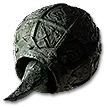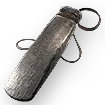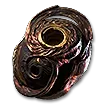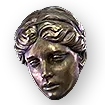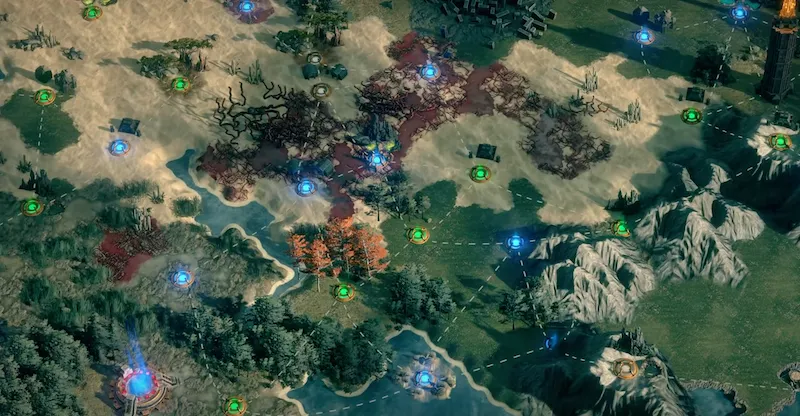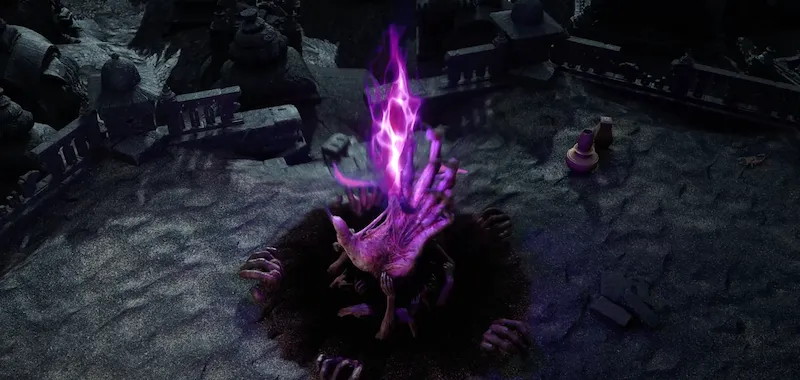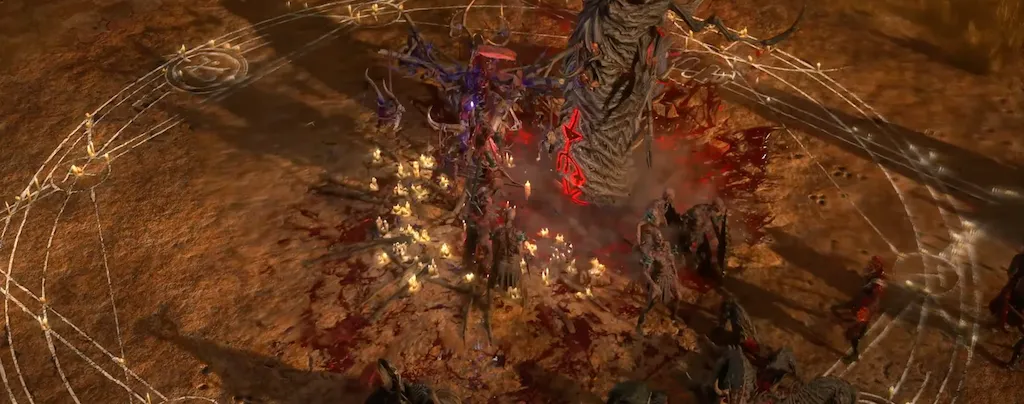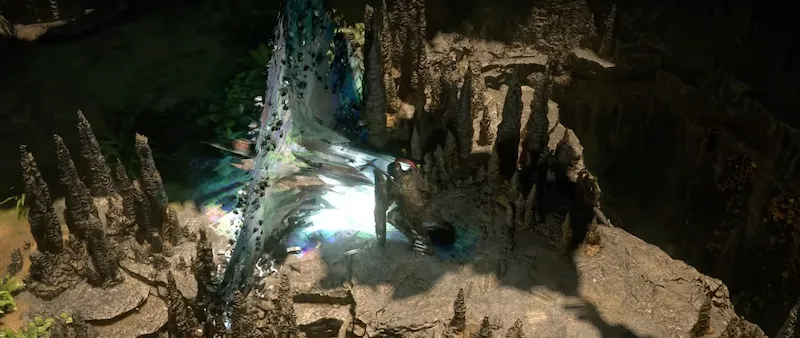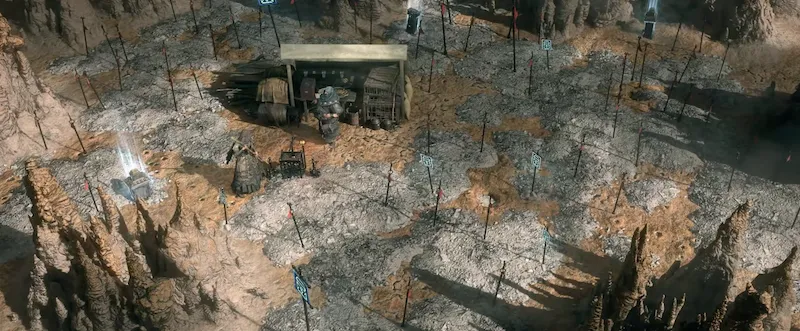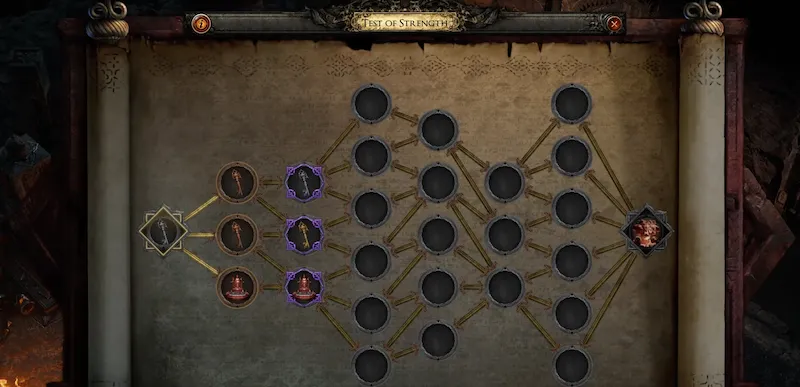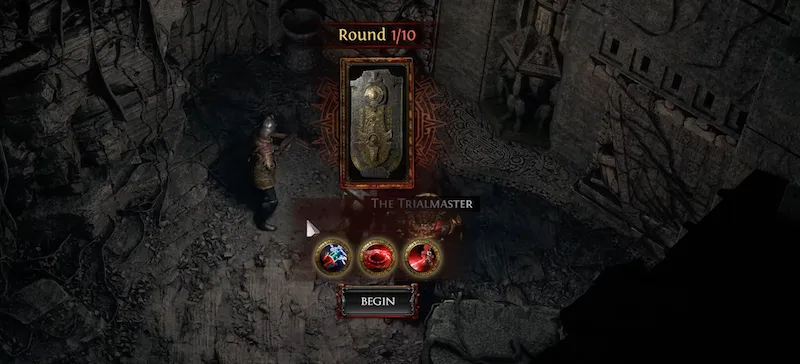Basic Mechanics
Life and Energy Shield
Life is the main health resource that decreases when taking damage. When life reaches 0, the character dies and must be resurrected in town or at a checkpoint. Characters gain:
- +12 maximum Life per level
- +2 maximum Life per point of Strength
- Life can be recovered through flasks, regeneration, or life leech
- Low life is considered 35% or less of maximum life
- Full life is 100% or more of maximum life
Energy Shield (ES) acts as an additional hit pool that:
- Takes damage before life by default
- Recharges at 12.5% per second after not taking damage for 4 seconds
- Takes double damage from chaos damage
- Is bypassed by bleeding and poison damage (these damage life directly)
- Provides 50% chance to avoid stuns while ES is not depleted
Attributes
Characters have three primary attributes that provide inherent bonuses:
Attributes are required to equip items and gems. Characters start with 15 of their primary attribute and 7 of the others. Support gems add +5 to attribute requirements based on their color (red=STR, green=DEX, blue=INT).
Spirit
Spirit is aresource used to maintain persistent effects:
- Required for auras, permanent minions, and trigger meta gems
- No base spirit pool - gained through progression and sceptres
- Fixed reservation costs (typically 30-120 spirit per effect)
- Cannot be recovered or regenerated like other resources
- Effects remain active until manually disabled
- Spirit reservation can be reduced through passives and modifiers
Resistances
Resistance reduces incoming damage of a specific type by a percentage:
- Applies to Fire, Cold, Lightning (Elemental) and Chaos damage
- Default value is 0% (no effect on damage taken)
- Maximum resistance is capped at 75% by default, but can be increased up to 90% (hard cap) through special modifiers
- Negative resistance causes you to take increased damage
- Completing each act permanently reduces all resistances by -10% (up to -60% total)
- Final damage taken =
Damage × (100 - Resistance)%
- Resistance penetration:
- Reduces target’s effective resistance
- Has no effect once resistance is 0% or lower
Critical Hits
Critical hits deal increased damage based on Critical Damage Bonus:
- Base Critical Damage Bonus is +100% (critical hits deal double damage)
- Each hit rolls against Critical Strike Chance to determine if it crits
- Base Critical Strike Chance comes from:
- Weapon’s base Critical Strike Chance for attacks
- Skill’s listed Critical Strike Chance for spells and certain skills
- Critical Strike Chance modifiers are percentage based
- Example: 100% increased Critical Strike Chance on 7% base = 14% final chance
- Critical Damage Bonus can be increased through modifiers and gear
- Attacks that crit must pass a second evasion check or be downgraded to non-crits
Accuracy and Evasion
Accuracy and Evasion work together to determine if attacks hit:
- Accuracy is checked against target’s Evasion to determine hit chance
- Only affects attacks (spells always hit)
- Distance affects Accuracy for players and minions:
- No penalty within 2 metres
- Up to 90% less Accuracy beyond 12 metres
- Chance to hit cannot go below 5%
Evasion provides chance to avoid Strikes and Projectiles:
- Cannot exceed 95% chance to evade
- Uses an entropy system to guarantee hits after enough evades
- Only works against Strikes and Projectiles (not area damage)
- Evaded hits prevent all damage and effects
- Can be bypassed with Always Hits or Cannot Evade modifiers
Charges
Characters can gain three types of charges that empower abilities:
- Endurance Charges (STR): Visually indicated as orange orbs
- Frenzy Charges (DEX): Visually indicated as green orbs
- Power Charges (INT): Visually indicated as blue orbs
Unlike PoE 1, charges no longer provide inherent bonuses. Instead, they are spent to enhance specific abilities.
Damage Conversion
Damage conversion changes one damage type into another:
- Only applies to hit damage (not damage over time)
- Occurs in two forms
#% of [Damage Type] Converted to [Damage Type]Gain #% of [Damage Type] as Extra [Damage Type]
- Gained as extra adds damage without removing the original
- Converted to replaces the original damage type
- Converted damage only scales with modifiers to the new type
- All conversions are applied simultaneously
- Skill conversion takes priority over item/passive conversion
- If total conversion exceeds 100%, values are scaled down to 100%
Block
Block prevents damage from incoming Strikes and Projectiles:
- Two types of blocking:
- Passive Block: Chance-based blocking while holding a shield
- Active Block: Raising shield to guarantee blocks from the front
- Available on all shields except Bucklers
- Blocked hits build up a stun meter
- Active block ends if stun meter fills
- Blocked hits still apply status effects (Stun, Freeze, etc.)
- Cannot block while Stunned or Frozen
- Some boss attacks cannot be blocked
- Indicated by red glow and audio cue during windup
- Can be blocked with special modifiers like “Can Block Damage from all Hits”
- Damage over time cannot be blocked
Leech
Leech recovers resources (life, mana, or energy shield) based on hit damage dealt:
- Only works with hit damage (not damage over time)
- Amount leeched is a percentage of damage dealt after mitigation
- Each leech effect recovers over 1 second
- Multiple leech effects can occur simultaneously
- Monster leech resistance reduces recovery:
- Resistance increases with monster level
- Final recovery =
Damage Dealt × Leech % × (1 - Monster Leech Resistance)
- Notable mechanics:
- Vaal Pact keystone makes life leech instant but prevents life flask use
- Some items like Couture of Crimson allow leech to overflow maximum life








